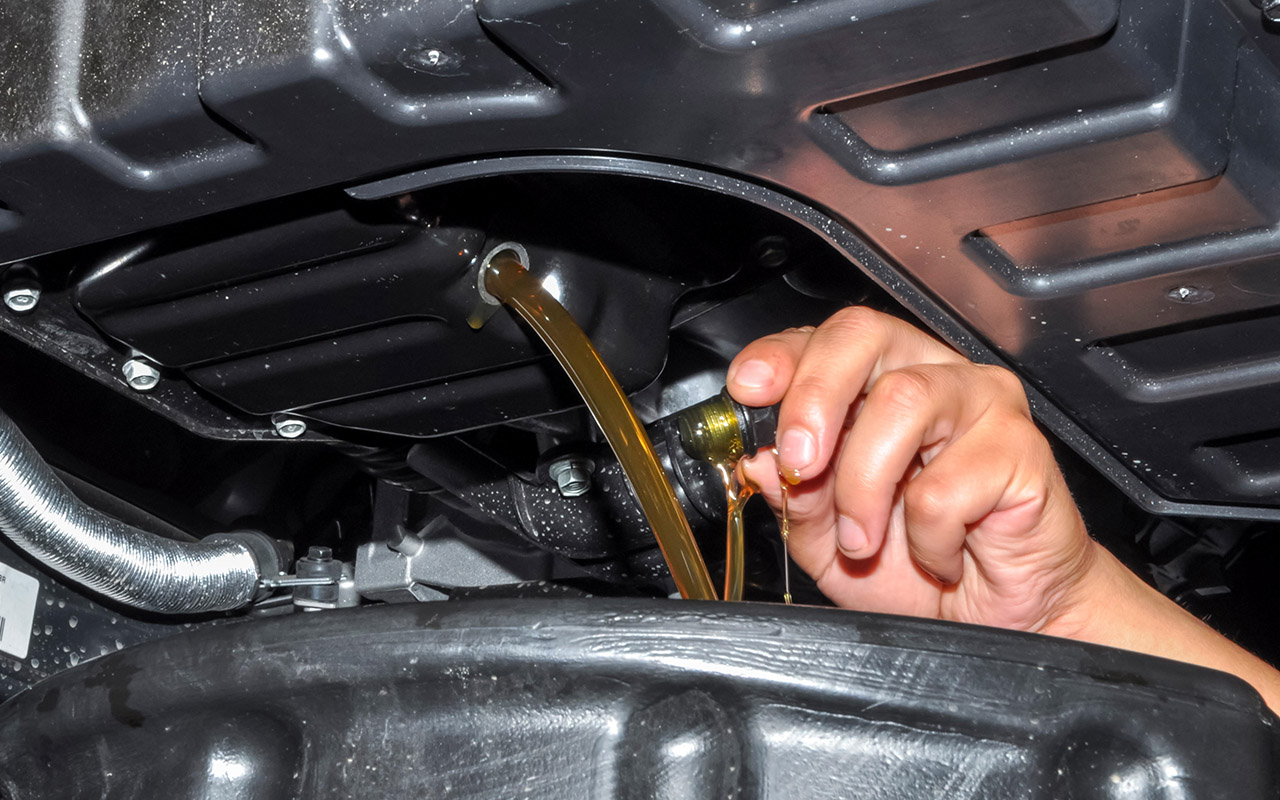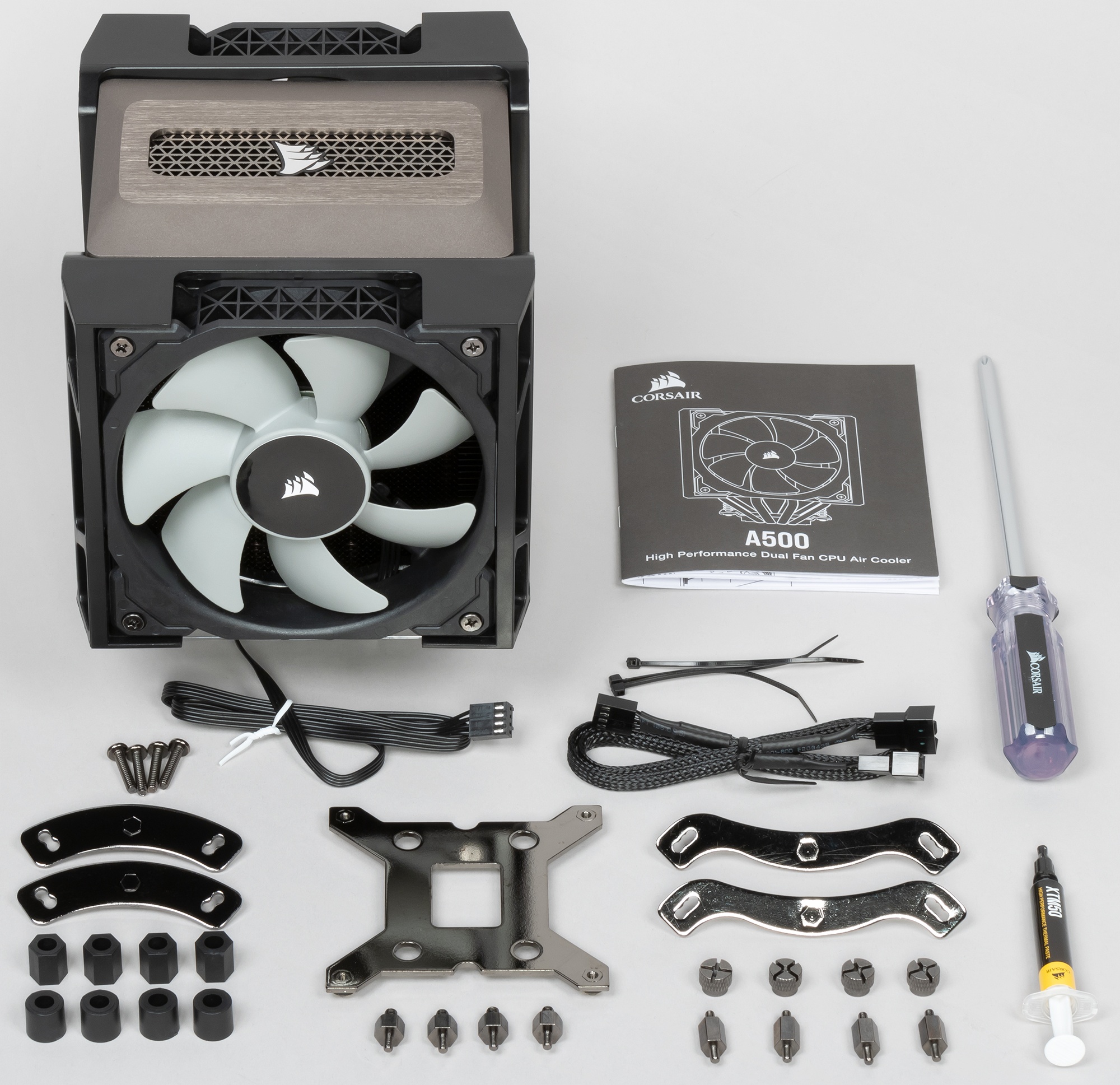
Oil changed, now what?
Have you ever wondered what happens to the used oil sucked out of our car's engine and oil pan? Probably not, because our interest in it ends when it is replaced and supplemented by new ones. Meanwhile, according to estimates, about 100 people gather in our country every year. tons of used motor oils, which are disposed of after storage, and in some cases are disposed of.
Where and what kind of oil?
Across the country, there are several dozen companies involved in the complex collection of used motor oils. However, these raw materials must meet fairly stringent quality requirements before they are accepted for recycling. The most important regulations include, in particular, zero content of harmful substances that form oil-in-water emulsions and water at a level of less than 10 percent. The total chlorine content in used motor oil must not exceed 0,2%, and in the case of metals (including primarily iron, aluminium, titanium, lead, chromium, magnesium and nickel) it must be less than 0,5%. (by weight). It is assumed that the flash point of used oil should be above 56 degrees Celsius, but this is not all the restrictions. Some plants operated by specialized oil recovery companies also place a so-called fractional requirement, i.e. the percentage of distillation at a certain temperature or, for example, the absence of fuel impurities.
How to recover?
Waste engine oil, including from car workshops, undergoes a regeneration process aimed at its further use. For example, it can be used as fuel for a sawmill, a cement plant, etc. In a preliminary step, water and solid impurities are separated from the oil. It takes place in special cylindrical tanks, in which separate fractions are separated according to the specific gravity of each of them (the so-called sedimentation process). As a result, already clean used oil will collect at the bottom of the tank, and settled water and light sludge will accumulate above it. The separation of water from waste oil means that there will be less raw material to be reused than before the precipitation process. It is important to know that 50 to 100 kg of water and sludge are formed from each ton of oil. Attention! If there are emulsions in the used oil (mentioned in the previous paragraph) and not detected at the stage of receiving the oil for regeneration, then sediment will not occur and the raw material will have to be disposed of.
When it's impossible to handle...
The presence of an oil-in-water emulsion in used motor oil excludes it from the regeneration process. However, this is not the only obstacle. Raw materials containing an excessive amount of chlorine must also be subjected to final destruction. Regulations prohibit oil regeneration if the Cl content exceeds 0,2%. In addition, it is necessary to dispose of raw materials containing PCBs in an amount of more than 50 mg per kilogram. The quality of used motor oil is also determined by its flash point. It should be above 56°C, preferably when it fluctuates around 115°C (in the case of new oil it reaches more than 170°C). If the flash point is below 56°C, the oil should be used for disposal. Contains light hydrocarbon fractions and other flammable substances, as they pose a serious danger to people working in process plants. It should also be remembered that oils in which the presence of heavy fuels is detected cannot be regenerated. But how to discover it? In this case, a relatively simple method can be used, which consists in placing a small amount of heated oil on blotting paper and then observing how the stain spreads (the so-called paper test).
